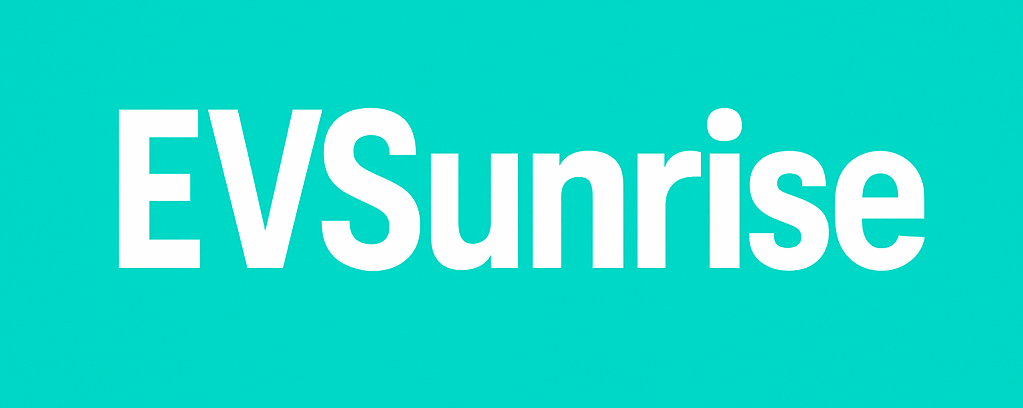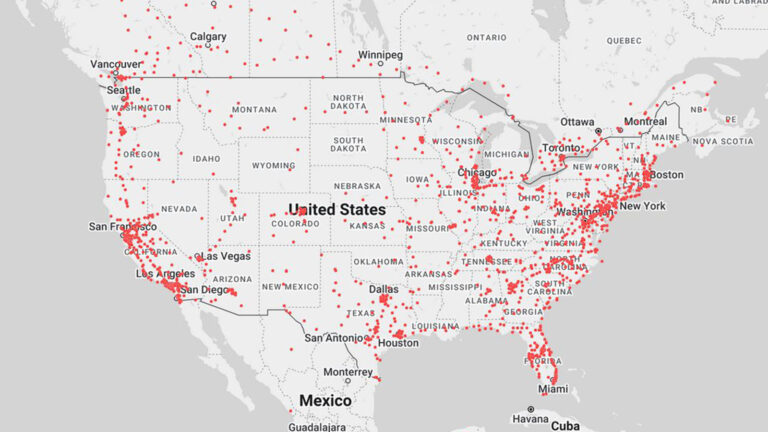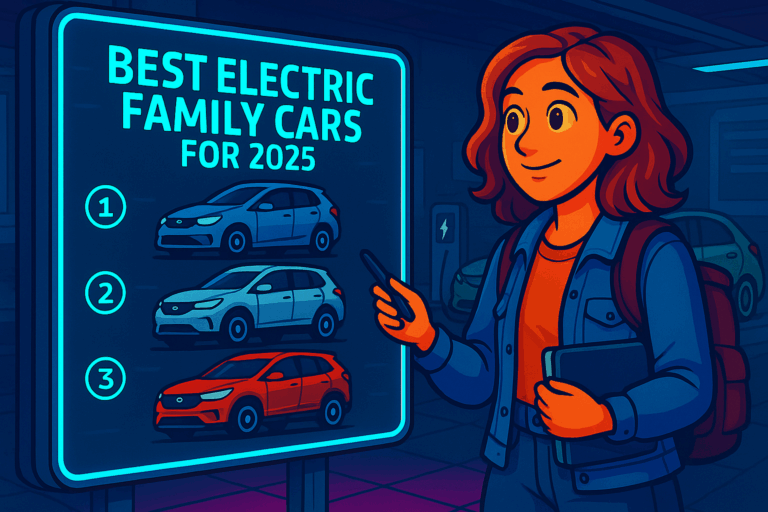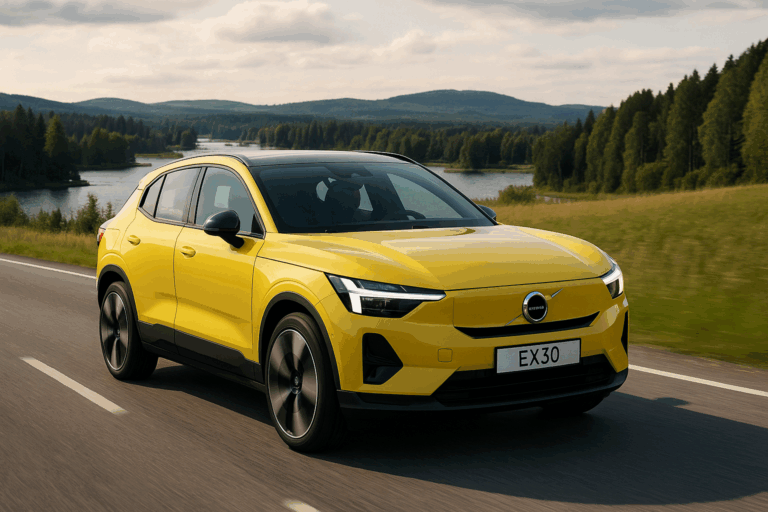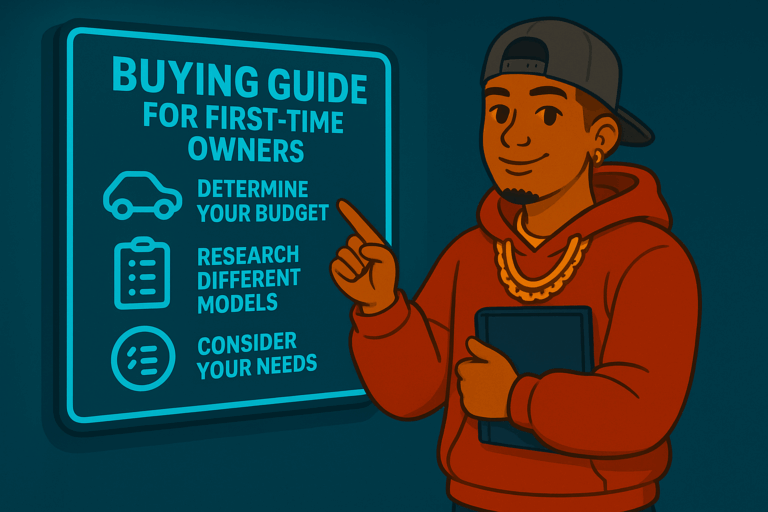Germany’s EV Charging Maze: Your 2025 Guide to Always Having Juice
Let’s be real: driving electric in Germany is exhilarating—quiet autobahn sprints, zero tailpipe fuss. But then there’s the infrastructure dance: finding a charger that works and fits your routine. By 2025, Germany’s charging scene is vast yet varied—different speeds, payment methods, and access quirks. Let’s light up that landscape so you can drive confidently, wherever the autobahn takes you.
⚙️ 1. Know the Network: AC vs. DC, Slow vs. Super-Fast
Here’s the lay of the land:
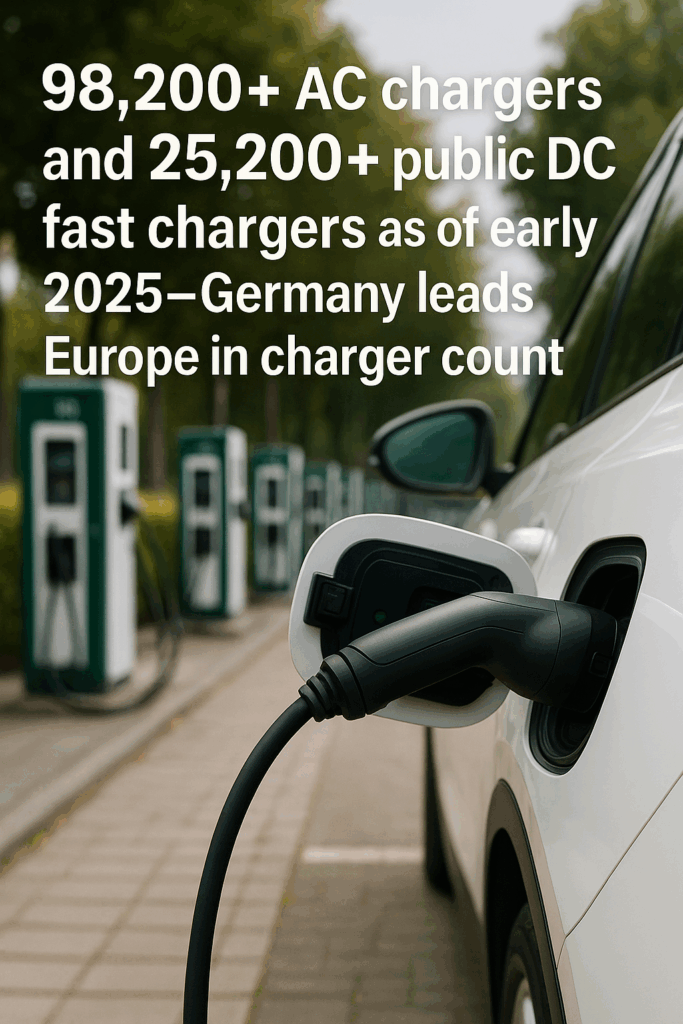
- 98,200+ AC chargers and 25,200+ public DC fast chargers as of early 2024—Germany leads Europe in charger count.
- AC chargers are perfect for short stops or top-ups—think grocery runs or office waits.
- 10–22 kW AC gives 30–80 miles per hour.
- DC fast chargers (up to 400 kW!) are for trips and urgent refuels—Ionity, Fastned, Allego, Spark alliance (Ionity-Fastned-Atlas etc.) are your go-to networks.
- Ionity offers CCS plug-and-charge; Fastned has solar-canopy stations; Spark network expands access with shared apps and billing.
🧭 2. Tap the Right Tools: Maps, Apps & Cards
Google Maps
First stop. Set your charger type (CCS, Type 2, etc.) in Settings > EV, then search “charging stations”. It shows real-time availability where supported.
PlugShare, Chargemap, Electromaps
Community-backed gems:
- PlugShare has ~600,000 stations, user check-ins, photos and updates.
- Chargemap covers Europe’s stations and helps find freebies at hotels, IKEA, etc..
- Electromaps lists 83,955 German stations—great for local detail.
EasyCharging
A German app that shows upfront prices, monthly billing, station availability, and even RFID cards.
Waze for EVs
New EV layer lets users update broken chargers or add stations—and integrates filter logic for your plug type .
💳 3. Cards & Roaming: What You’ll Really Use
Yes, you can pay with cards at most stations—but it’s often more expensive or inconvenient. Instead:
- Use charging cards or apps like Maingau, EnBW mobility+, Shell Recharge, E.ON Drive, and Allego. They offer transparent pricing and coverage across Germany and Europe.
- Park & Charge subscription offers access to ~500 Europe-wide charging points—handy for hotel and shopping breaks.
- Opt for Plug & Charge (CCS + vehicle auth like Ionity, Ford & Porsche use Hubject system)—no cards, just plug and go.
🧭 4. Finding the Free or Budget-Friendly Tops
🔍 Free chargers are rare after rising energy costs—but here’s where they pop:
- Hotels, IKEA, shopping centres occasionally offer free AC—they’re searchable in Chargemap/PlugShare.
- Maingau Autostrom cards often include promos for free charging.
- For low-cost, watch German regional networks (E.ON, EnBW) during off-hours or with subscription deals starting around €0.39/kWh.
🚦 5. Plan Like a Pro: Routes, Stops, and Strategy
- Load your route into Google Maps with EV settings—pre-planned charging stops can avoid your battery drama.
- Always have two chargers loaded in app/card form—failover prevents being stranded if one station is down.
- Fast chargers near highways (Ionity, Fastned, Spark Alliance) are spaced every ~50 km—Germany’s goal is 1 million stations by 2030.
- Consider idle fees: many providers charge after 5–10 min once your car’s at full charge—so move your car promptly.
🗣️ 6. Real EV Driver Tips (from Reddit & Forums)
From r/electricvehicles and VW ID forums:
“ADAC card gets discount at many types of chargers—not Ionity though.”
“PlugShare is the go-to—showing slow broken fast-chargers is clutch.”
“Chargemap finds weird free chargers at hotels/malls that aren’t listed in other apps.”
Veterans swear: having at least two apps gives you coverage when one station is down or needs time to start.
🌐 7. What’s Brewing in the Charging World
- Spark Alliance (Ionity + Fastned + Atlante + Electra) launches June 2025—400 kW ultra-fast chargers across Europe—seamless roaming on member apps.
- Plug & Charge becomes standard—2025 sees wider rollout thanks to ISO 15118 and Hubject roaming implementation.
- EV charger investment booming: Germany’s charger market is expected to grow 16 % annually, hitting $56B by end of 2025.
- Fast dealer network upgrades: Ford + Allego start adding 400 kW chargers at German dealers—charging becomes a selling point not just for owners.
🧭 8. Your Smart Mobility Checklist
- 📱 Apps: PlugShare + Chargemap + EasyCharging (+ Google Maps EV setting)
- 💳 Cards: Maingau/EnBW or Plug & Charge option
- 🚗 Route Prep: pre-load charging stops, especially on trips
- ⚖️ Backup Sites: two stations per planned stop in case of failures
- 🏁 Move Car Promptly: avoid idle fees
- 🆕 Roaming Ready: update apps post-Spark launch (June 2025)
🎯 Final Take
Yes, charging an EV in Germany takes a bit of savvy—but it doesn’t have to be a chore. With the right tools, apps, and knowledge of networks, you can plug in on your terms. Between reliable apps, roaming cards, promo pricing, and upgraded fast-charger rollouts, you’re more empowered than ever.
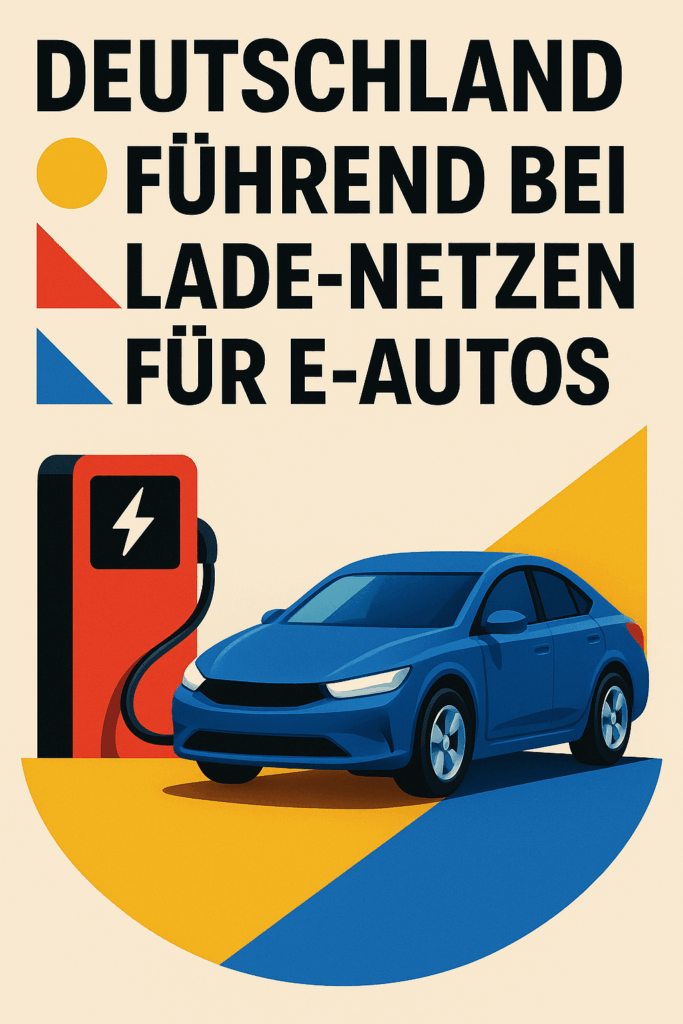
Want help picking cards, planning a Berlin-to-Munich trip, or decoding your EV’s energy needs? I’ve got charts, maps, and insider tips—just say the word, and we’ll light up your journey.
